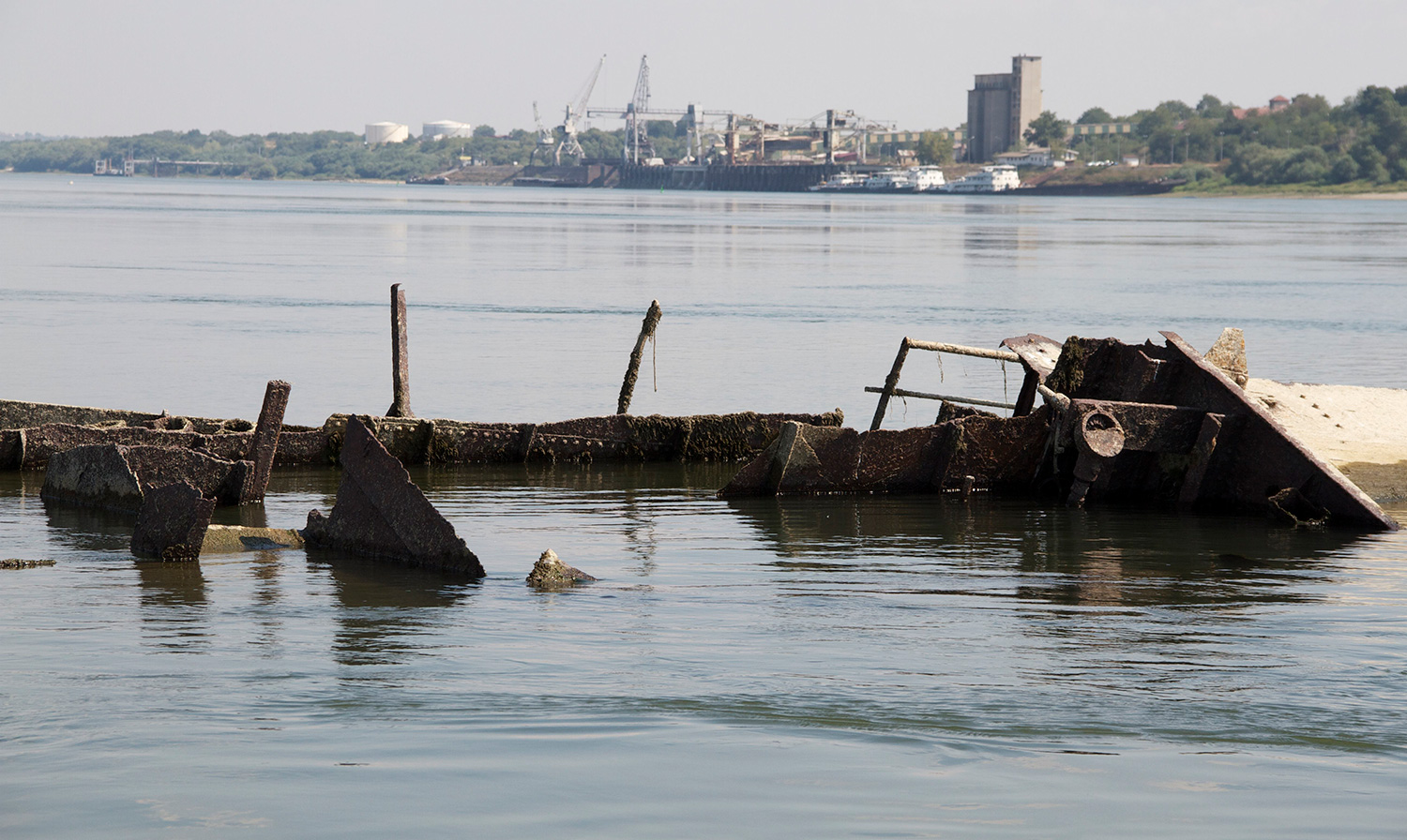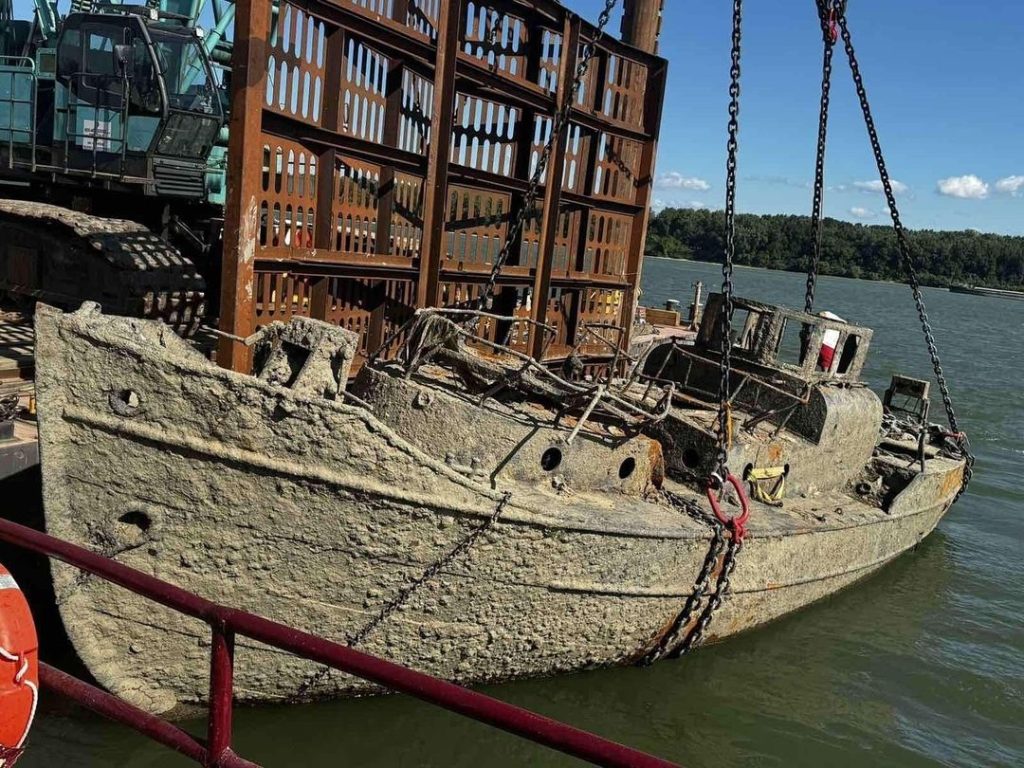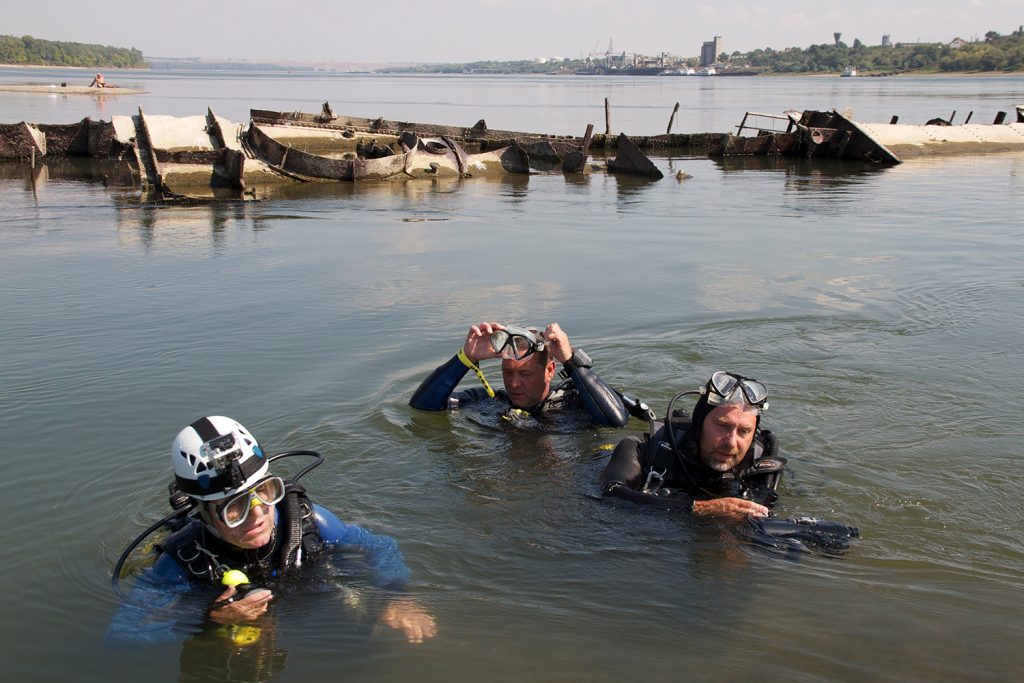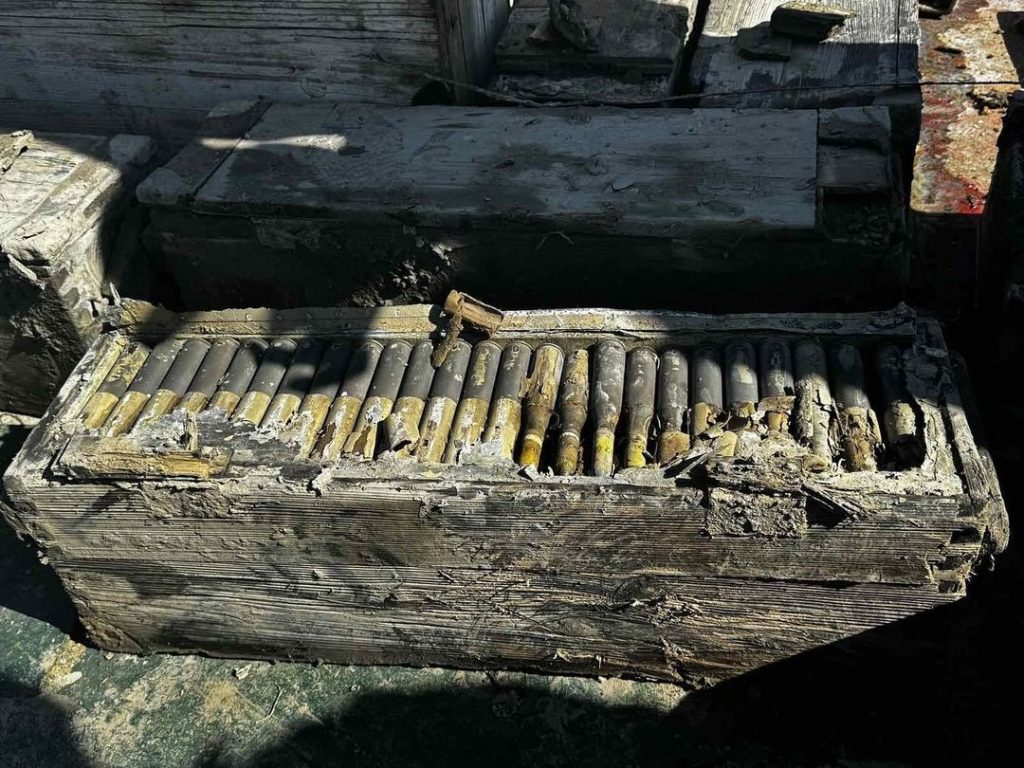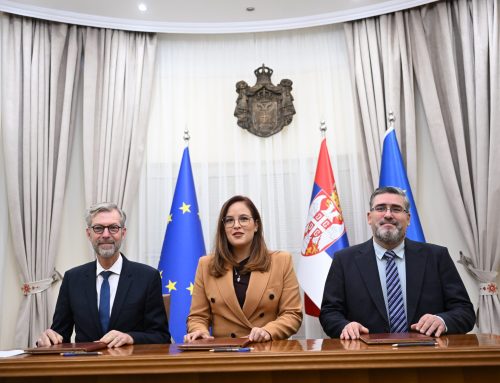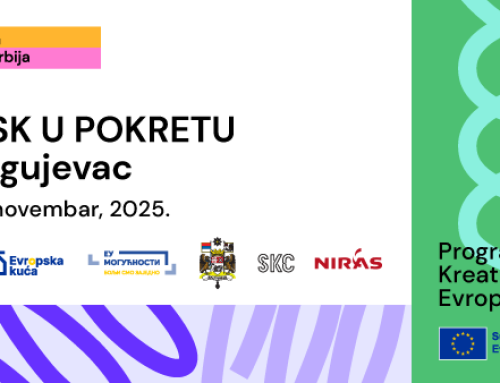Improving the navigation of rivers brings citizens and the economy not only safer travel, but also better conditions for trade, as well as the development of tourism. The removal of sunken vessels from the Second World War, with the significant support of the European Union as Serbia’s partner in this important undertaking, will finally solve the decade-long problem on the Danube.
“This project will improve the navigability of the Danube in Serbia. It will make navigation safer, greener and more efficient, reducing environmental and safety hazards. This is also important for the Green Agenda, as it will facilitate the much-needed transition from road to water transport. It is part of the Economic and Investment Plan for the Western Balkans, which aims to mobilize up to EUR 30 billion for the region. The EU is delivering results for a better life for the citizens of Serbia”, the EU Ambassador to Serbia, Emanuele Giaufret, recently said at the signing of the grant agreement for this project.
According to the 2022 data of the Ministry of Construction, Transport and Infrastructure, Serbia loses around EUR 5 million annually due to unsafe and risky navigation conditions. Transport by inland waterways is cost-effective, energy efficient and environmentally friendly. It is especially practical for transporting a large amount of cargo. For example, one ship can transport the same amount of grain as 120 trucks.
“By the end of the year, we expect that 21 ships of the German Navy sunk near the port of Prahovo during the Second World War will be recovered, which will ensure the full profile of the waterway, which is now narrowed from the prescribed 180 to only 90 meters, which affects the safety of navigation on the Danube through Serbia,” said the Minister of Construction, Transport and Infrastructure, Goran Vesić, during his visit to the project last week.
The EU provided EUR 16 million for the project to remove sunken vessels from the Second World War, in the part of the Danube downstream from the port of Prahovo, in the Đerdap gorge on the border with Romania. These funds will enable better navigation conditions throughout the year.
Vesić told Tanjug that two ships have been recovered so far and that in the first phase, 19 more ships remain to be recovered, and in the second phase, which is coming up next year, 80 ships, while it is estimated that there are around 200 ships at the bottom of the Danube.
He stated that the specificity of these sunken vessels is that they were not destroyed, but were sunk with all mines and explosives, with weapons, with everything that was on them – there was not time to evacuate and bring anything out.
“The removal of those ships is dangerous, and of course every ship that is removed must be fully checked, so that it could possibly be available to visitors. Therefore, we have a lot of work ahead of us in the coming months, to pull out those 19 more ships that are literally on the waterway – thereby freeing it up and speeding up navigation on the Danube,” said the Minister.
“Everything we found was stacked in crates, ammunition for cannons, explosives. These are not big ships, about 14 meters, but they had their own cannons and machine guns. After 80 years in the water, the weapons are somewhat preserved. But we will see what else will be found, because at the moment when they take out a ship, they focus on mines and explosives. All those other parts of the ship are not being looked at, that will be done later, and we will see what can be done”, said Vesić.
The Danube is part of the extremely important European corridor Rhine-Danube, which enables the navigation of large cruise ships and contributes to the development of tourism in the Danube region. The EU recognized this corridor as one of the nine multimodal networks of Trans-European Transport Corridors (TEN-T), and the Danube is the only river in Serbia that is also a European corridor.
From 2000 to this day, EU support to the transport sector in Serbia has reached more than EUR 550 million in grants. In addition, more than EUR 50 million of EU grants have been set aside for the preparation of strategic priority investments in the field of transport, with a total value exceeding EUR 5 billion, which will be realized as a combination of EU grants and favourable loans in the future.
Projects in the transport sector funded by the EU in Serbia aim to improve transport connectivity, and thus better economic integration within the region and integration of the region with the EU. In addition, the efforts that the EU invests in the transport sector through these projects are largely focused on market opening and the implementation of EU standards.

